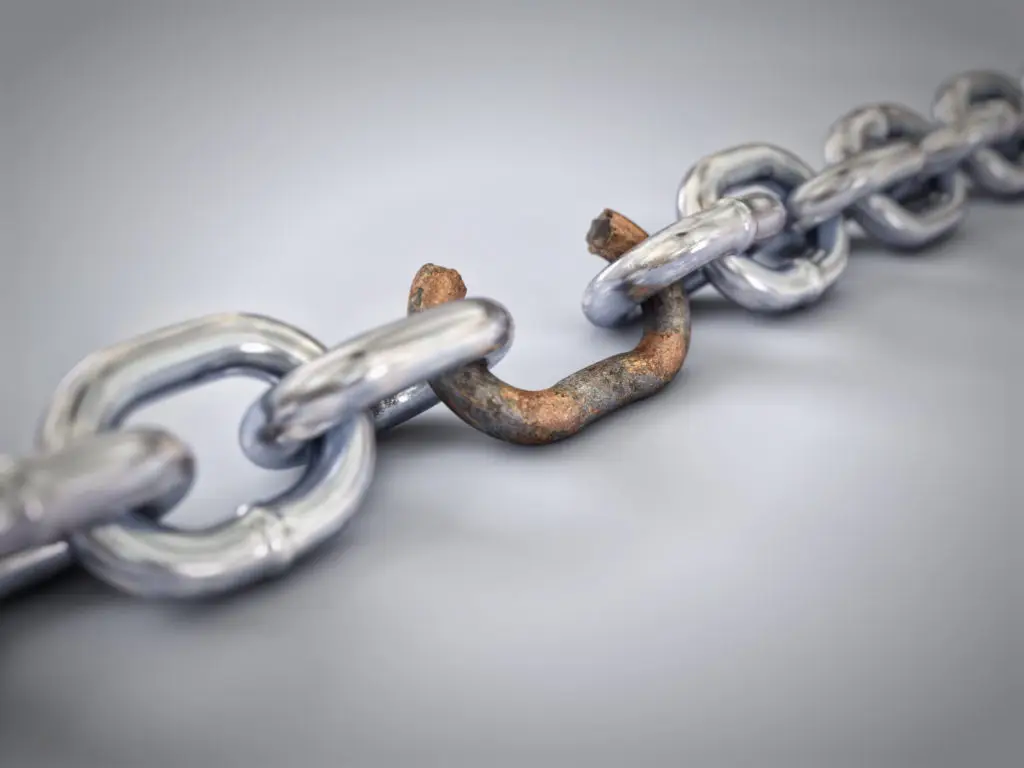
Understanding Myofascial Chains: The Science of Body Linkage
Imagine the body as a complex system of moving parts, not just isolated muscles or bones. Decades of research confirm that our bodies are connected by vast, web-like networks of fascia and muscle—creating actual “chains” that transmit force, movement, and information from one area to another.
Direct Linkages, Not Just Segments
Every muscle is surrounded by fascia—a unique connective tissue forming a continuous network throughout your body. When one muscle contracts, the force is transmitted to neighboring muscles and even distant regions through these myofascial chains. For example, the calf muscles link via fascia to the hamstrings, which connect up to the low back and even as far as the scalp. This means movement or tension in one part often influences others—sometimes in surprising ways.
Movement as a “Chain Reaction”
Whether picking up an object, running, or standing upright, your body distributes tension and force along myofascial lines. Anatomical studies highlight at least five major movement chains:
- Superficial Back Line: connects scalp, spine, hamstrings, calves, and feet
- Front Functional Line: links chest, abs, and inner thighs
- Back Functional Line, Spiral & Lateral Lines: stabilize rotation and dynamic posture in every step
This design allows force to flow efficiently, balances posture, and integrates whole-body movement.
Everything Is Linked Together
When you’re moving—playing with your kids, working out, or doing daily activities—all these linked areas need to coordinate and work with each other. If you want to better your body and truly stay balanced holistically, you must ensure each link in the chain is trained appropriately.
Each link—ankles, knees, hips, core, shoulders, neck, and more—has its own unique job, and if any one of them is neglected, it impacts the whole system.
Why It Matters: Real Training, Real Life
When one link of this chain is weak, stiff, or injured, the entire system compensates—often producing pain, movement restriction, or diminished performance in a seemingly unrelated area.
- Example: Tight calves may contribute to back pain, poor squat form, or headaches due to tension pulling through the Superficial Back Line.
This is why holistic training routines focus not just on muscles in isolation, but on integrating and aligning the whole chain. Training whole chains—via myofascial stretching, segmental strengthening, and whole-body movement—produces pain-free function and resilient health.
The Chain Link Analogy
Just as a metal chain depends on every link for strength, your body’s fascial and muscle chains must all perform well together. If one link is restricted or weak, the whole chain—and the body as a whole—suffers.
Restore, align, and mobilize all the links for resilient, functional, pain-free movement.
Learn more about supporting every link in your chain:
Custom-Built Programs—Holistic Training for Your Whole Chain
Find out more @

Leave a Reply